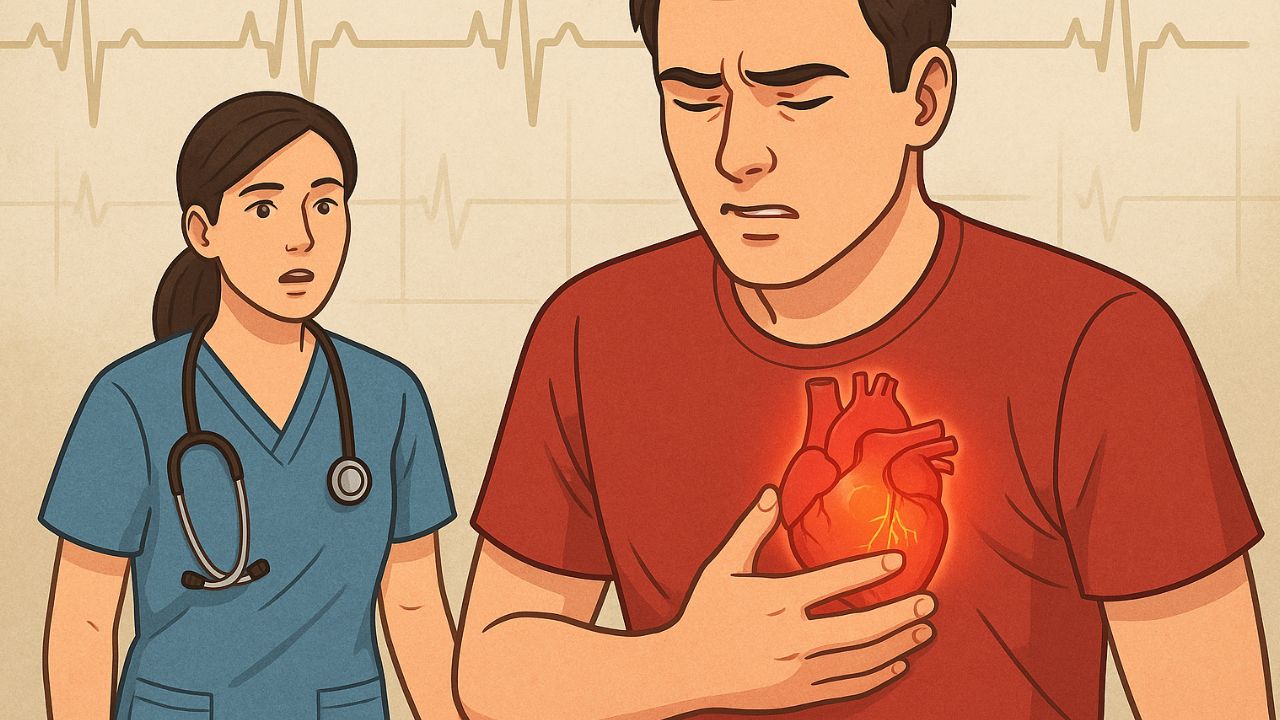When a person suddenly collapses or stops breathing, your actions in the first few moments can mean the difference between life and death. That’s where the ABCs of CPR come in—Airway, Breathing, and Circulation—the foundational steps that guide rescuers in emergency situations.
At One Love CPR, we equip individuals across New Jersey, New York, and Connecticut with expert CPR training that goes beyond memorization. We focus on building the confidence and competence to respond effectively in real-life emergencies. This guide will help you understand the ABCs of CPR and how you can use them to save lives.
A is for Airway
The first step in any CPR response is to ensure the person has a clear airway. When someone is unconscious, their tongue can block the throat, or there may be a foreign object causing obstruction.
How to open the airway:
- Place the person on their back on a flat surface.
- Gently tilt the head back and lift the chin (known as the head-tilt, chin-lift technique).
- If you suspect a spinal injury, use the jaw-thrust technique without tilting the head.
Checking and maintaining a clear airway is critical, as no air can enter the lungs if the pathway is blocked.
B is for Breathing
Once the airway is open, check for normal breathing. Do not confuse gasping or irregular breaths for normal breathing.
What to do:
- Look at the chest to see if it rises.
- Listen at the mouth and nose for breathing sounds.
- Feel for airflow on your cheek.
If the person is not breathing or only gasping, provide rescue breaths after compressions or begin hands-only CPR if you’re not trained in giving breaths.
For trained responders:
- Give 2 rescue breaths after every 30 compressions.
- Each breath should last about 1 second, and you should see the chest rise.
C is for Circulation (Compressions)
Circulation refers to restoring blood flow through chest compressions. This is the most important part of CPR because it helps keep oxygenated blood flowing to the brain and other vital organs.
Proper chest compression technique:
- Place the heel of your hand on the center of the chest.
- Push hard and fast—at least 2 inches deep and at a rate of 100–120 compressions per minute.
- Allow the chest to fully recoil between compressions.
If you’re untrained or unsure, focus on hands-only CPR: just compressions at the proper depth and rate.
Why the ABCs Matter in CPR
The ABCs of CPR provide a clear, step-by-step approach to managing a cardiac or respiratory emergency. Each step builds upon the other:
- Airway ensures there’s a path for air.
- Breathing delivers oxygen.
- Circulation moves oxygenated blood to critical organs.
Skipping or performing any step incorrectly can result in poor outcomes. That’s why hands-on CPR training is so vital.
Get CPR Certified with One Love CPR
At One Love CPR, we offer comprehensive training for:
- Adults, children, and infant CPR.
- AHA-certified CPR, BLS, ACLS, and Heartsaver courses.
- Choking relief and AED use.
- Real-world simulations and hands-on practice.
- Certification valid for 2 years.
Our classes are held across New Jersey, New York, and Connecticut, with options for healthcare professionals, educators, parents, and community members.
Take Action—Be Ready to Save a Life
Emergencies don’t wait. Knowing the ABCs of CPR can empower you to take swift, confident action. Whether you’re a medical professional or a concerned citizen, CPR training is a gift you give to your community.
📍 Register for a class near you
🌐 Learn more at: www.onelovecpr.com
Be the reason someone survives. Get trained with One Love CPR today. 💖



















